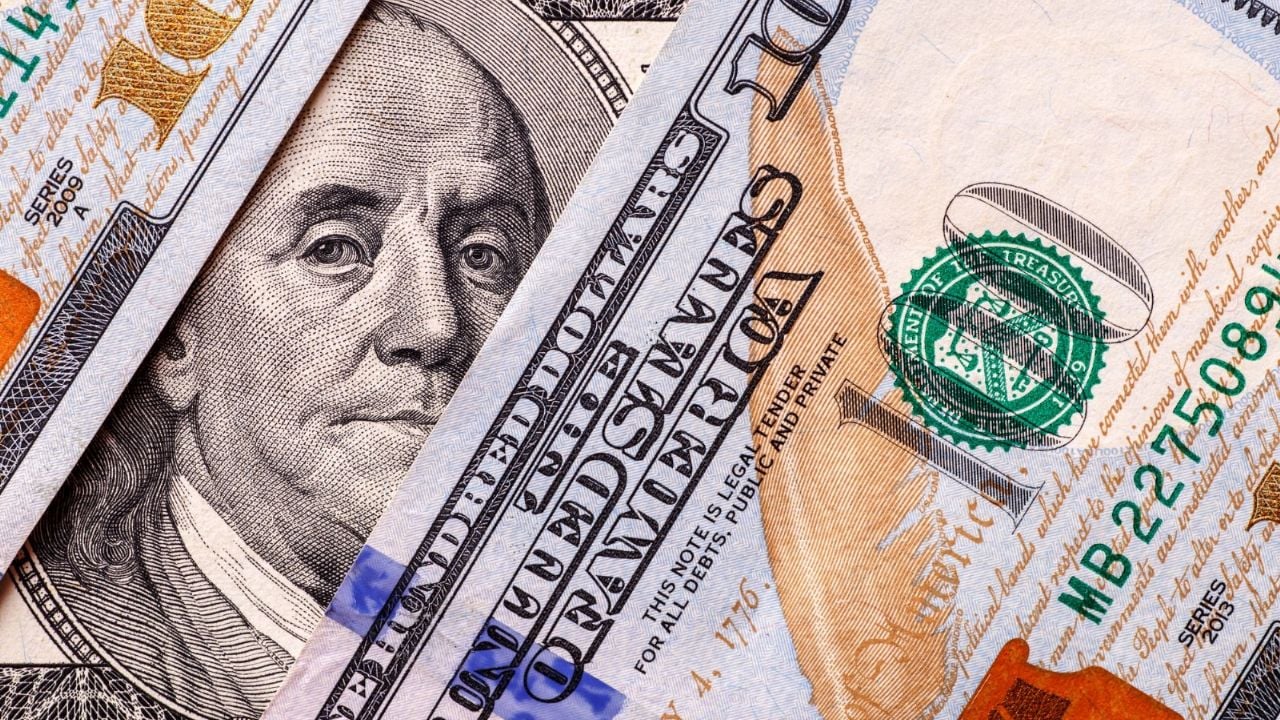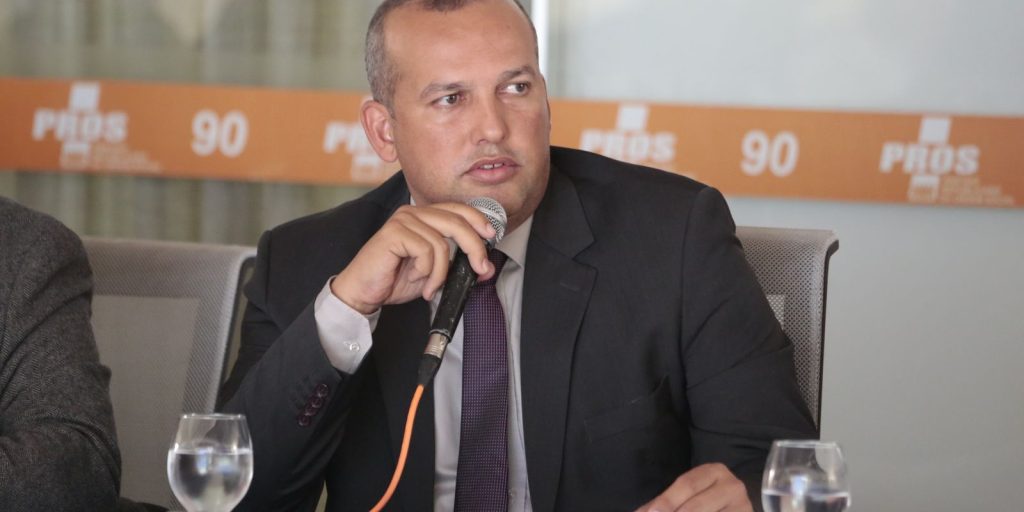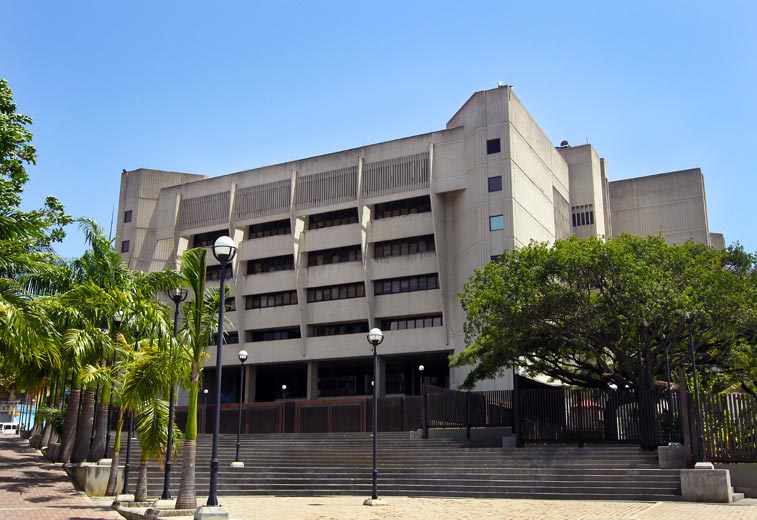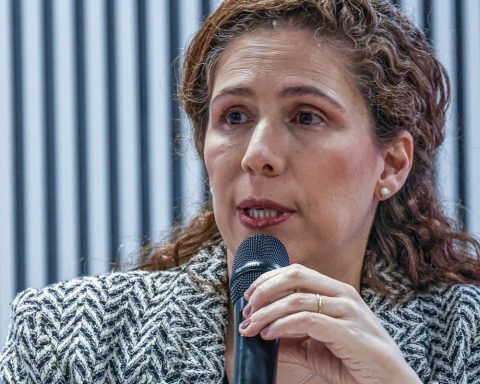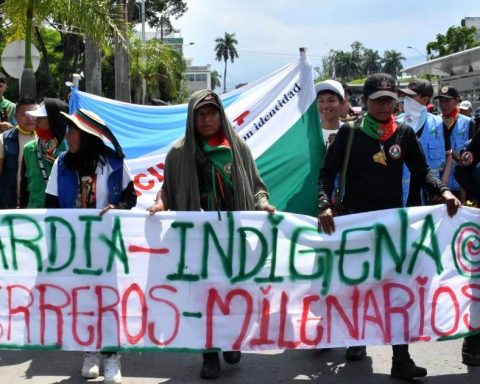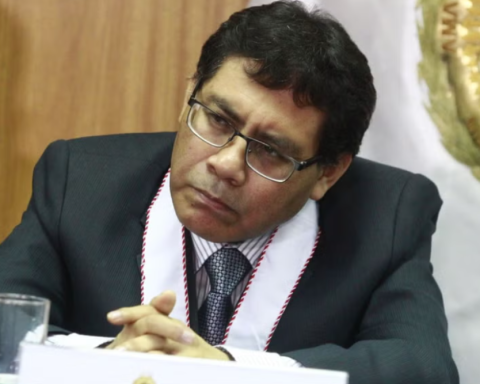So far this week, the dollar exchange rate in Argentina has shown significant variations both in the official market and in the parallel market, known as dollar blue. This phenomenon is a reflection of the economic and political tensions that the country is going through, and has a direct impact on the daily lives of Argentines.
He dollar The official exchange rate, which is the exchange rate controlled by the government, operated on Tuesday at $914.50 for purchase and $954.50 for sale on the screens of the Banco de la Nación Argentina (BNA). This exchange rate is used mainly for regulated commercial and financial operations, and its value is determined by the Central Bank of the Argentine Republic (BCRA).
On the other hand, the dollar blue, which is the parallel or informal exchange rate, was quoted at $1,355 for purchase and $1,375 for sale in the City of Buenos Aires. This parallel market emerged as a response to the exchange restrictions imposed by the government, and its price is usually higher than that of the official dollar due to high demand and limited supply.
The difference between the official dollar and the dollar The blue line is significant and reflects the distrust of the markets and citizens in the government’s economic policy. The gap between the two exchange rates was 46.82%.

Fountain: Dollar Today
This difference is an indicator of the economic distortions and inflationary pressure facing the country. This Wednesday, August 7, the dollar The blue dollar is quoted at $1,355 for purchase and $1,375 for sale. Meanwhile, the official dollar is quoted at $914.50 for purchase and $954.50 for sale.
Besides of dollar official and the blue dollar, there are other exchange rates that are relevant for different types of operations: MEP Dollar (Electronic Payment Market): Quoted at $1,336.40. CCL Dollar (Cash with Settlement): Quoted at $1,340.93. Crypto Dollar: Quoted at $1,336.80.

Impact on the economy
The quote of the dollar has a direct impact on the Argentine economy. A high blue dollar indicates a high demand for foreign currency, which may be a reflection of the lack of confidence in the local currency and in the country’s economic stability.
This situation can lead to an increase in the prices of goods and services, since many imported products are paid for in dollars. The Central Bank’s decisions on interest rates and money supply have a direct impact on the value of the peso and, therefore, on the dollar exchange rate.
